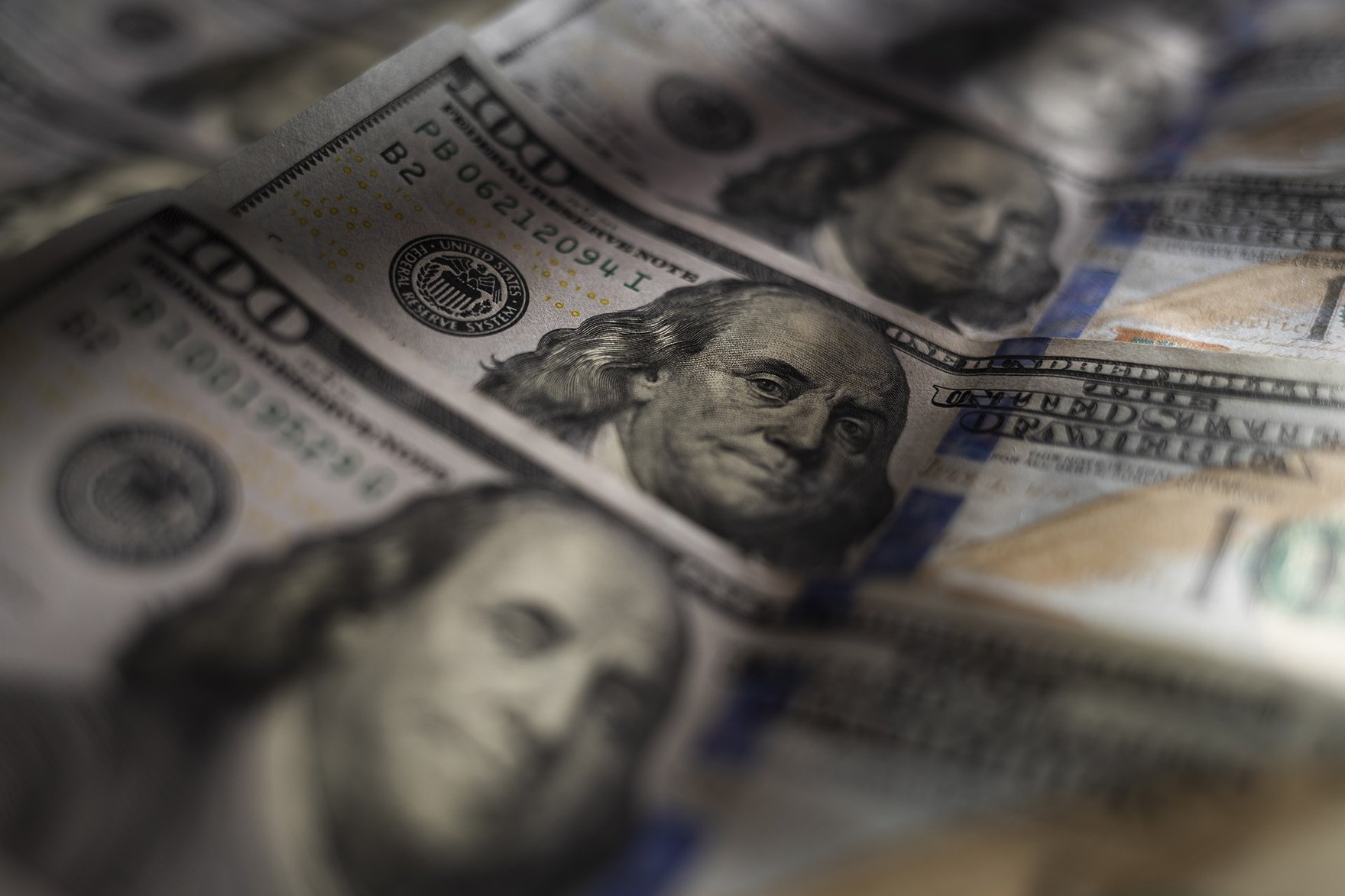For nearly a century, the US dollar has dominated international financial transactions, and US bonds serve as a pre-eminent store of value. But could the Trump administration’s tariff actions and threats precipitate the end of US dollar hegemony, or will this upheaval trigger a reset that reinforces a strong greenback? Both outcomes are possible, but a diminished role is more probable, opening space for new scenarios. An accelerated decline seemed likely after the global financial crisis of 2008, but without any attractive alternative, it never happened. Now, the rise of digital currencies and multipolar geopolitics are new disruptors.
The Trump team seeks to foster the spread of a range of new, privately issued digital assets to become part of the monetary system, while it views central bank digital currencies — including the existing Chinese digital yuan and plans for a digital euro and a digital British pound, among others — as a challenging move against the dollar. New US actions include blocking the Fed from considering its own digital dollar, creating a Strategic Bitcoin Reserve and promoting crypto stablecoins managed by private companies. These moves could reinforce or reduce the dollar’s role. An increase in global demand for dollar-denominated stablecoins with low transaction costs, especially in regions with unstable local currencies, could boost dollar dominance. At the same time, a large offshore stablecoin circulation would weaken US Federal Reserve control over the money supply, especially if the system is managed by private companies. Bipartisan legislation for stablecoin regulation is currently under consideration in the US Congress, with debate over the right balance between consumer protection and promoting innovation. The EU has stablecoin regulations in place, and approved a number of stablecoin issuers, but did not include the largest US dollar one, Tether, citing transparency and licensing concerns.
Beyond tariffs, there is speculation that US economic partners might be required to appreciate their currencies and agree to hold ultra long-duration Treasuries in exchange for security protection and access to the American market, as was postulated by Stephen Miran before he was appointed Chair of the Council of Economic Advisers. The assumed ultimate outcome is to improve American export competitiveness in manufacturing and entrench greater cost-sharing of the security umbrella. But such moves might undermine overall dollar credibility, particularly if US bond stability is at stake.
Geopolitics have been upended in 2025. Alliances have been frayed, and adversaries seek new opportunities. Emerging economies, led by China, are redoubling de-dollarization efforts. Bilateral currency agreements for contracts in oil and other commodities are growing fast. BRICS Pay has created an international payment system in local currencies among the intergovernmental BRICS group (comprised now of 11 countries Brazil, Russia, India, China, South Africa, Egypt, Indonesia, Saudi Arabia, Ethiopia, Iran and the United Arab Emirates). Group membership is likely to expand further at the July 2025 BRICS Summit in Brazil. But despite the rhetoric, a new BRICS reserve currency is still out of reach so long as the Chinese yuan is not freely traded on the global foreign exchange market, as China is not ready for the risk of massive capital flight. A more tangible direction could be further expansion of the digital yuan, which can potentially offer speedy, low-fee transactions in other countries.
A striking change in the emerging geopolitics could be with the closest US allies, prompting new ideas to lessen dollar dependence. The euro already constitutes about 20 percent of the world’s foreign exchange reserves but there could be a renewed interest and opportunity to grow that role. One potential scenario is the establishment of a basket of free-floating currencies with the objective of building some form of new reserve currency, including the euro, the British pound, the Canadian and Australian dollars and possibly others.
A new reserve currency would be a heavy lift and require significant political and capital commitments from its constituent members. It would also require enough liquidity and clear rules and coordination between involved central banks. One idea, that could perhaps be managed by the European Central Bank, follows the original Bretton Woods concept that would have an agreement between central banks to peg a group of convertible currencies to the US dollar in a quasi-fixed exchange rate system. Floating within limits, including necessary targeted national interventions, could manage currencies to remain within a band compared to the US dollar. The creation of a new reserve currency could serve to lessen pressure on the oversized role of the US dollar in the monetary system and create a new vehicle for shared transatlantic interests. It could also help relieve pressure on the US capital account by partially reducing excessive global demand to hold US dollars as reserves. In other words, a new, attractive reserve currency alongside the US dollar could be in the interest of many countries, including the United States.
But tensions between the United States and its close allies could grow and scuttle the pursuit of creative options. If allies drift or are pushed further from the United States, that would increase the chances of a wildcard outcome emerging — potentially even something very unexpected like some form of “deal” between the United States and China for loose coordination on exchange rates, perhaps as part of a grand bargain to settle their escalating trade dispute.
Overall, the US dollar is significantly losing ground in the international payments space. Whether or not US dollar stablecoins could reverse this trend remains to be seen. The US bond market faces risks, including internal ones, and external alternatives are not yet convincing but may yet emerge. A resurgent dollar in the monetary system has an outside chance, but we are more likely near a tipping point in its relative decline.



